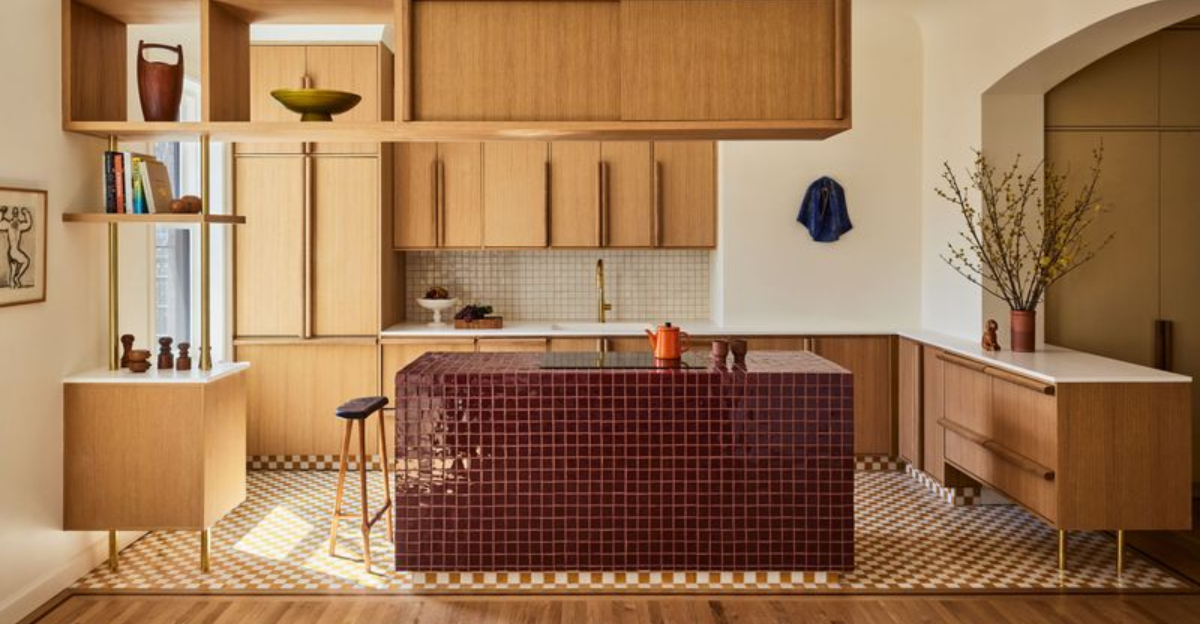Kitchen trends have a funny way of circling back when you least expect them. What once felt outdated—hello tile counters and wood paneling—is now turning up in glossy magazines with a chic new spin. Suddenly, grandma’s kitchen doesn’t seem so far off from your Pinterest board.
On the flip side, a few recent obsessions are starting to feel a little… tired. If you’ve ever loved a subway tile backsplash or an all-white everything moment, brace yourself. The kitchen’s getting a shake-up—and it’s bringing the past with it, one avocado-hued appliance at a time.
1. Colorful Appliances
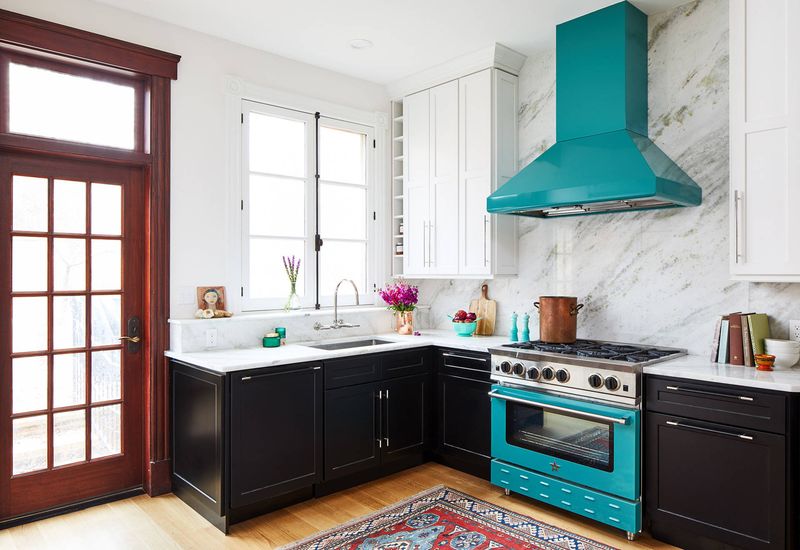
Gone are the days when stainless steel ruled supreme! Vibrant refrigerators, stoves, and dishwashers in cherry red, mint green, and cobalt blue are popping up in stylish kitchens everywhere.
Back in the 50s and 60s, these colorful workhorses were all the rage before neutral tones took over.
Now they’re bringing personality and playfulness back to cooking spaces while still offering modern technology inside those candy-colored shells.
2. Wood Paneling
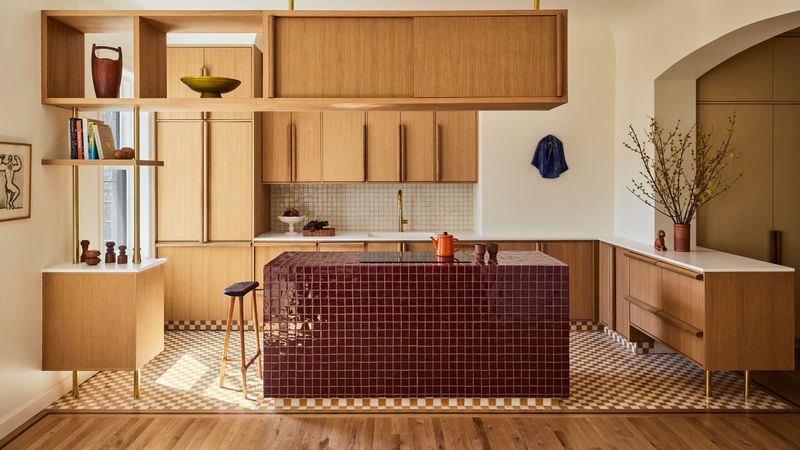
If you’re picturing your grandpa’s dated den, think again! Modern wood paneling has evolved into a warm, textural element that adds natural charm to contemporary kitchens.
Designers are incorporating vertical slat walls, wooden cabinet fronts, and accent panels in honey tones and rich walnuts.
Unlike the dark, oppressive paneling of the 70s, today’s versions feel airy and intentional, often paired with minimalist elements for balance.
3. Wallpaper Splashes
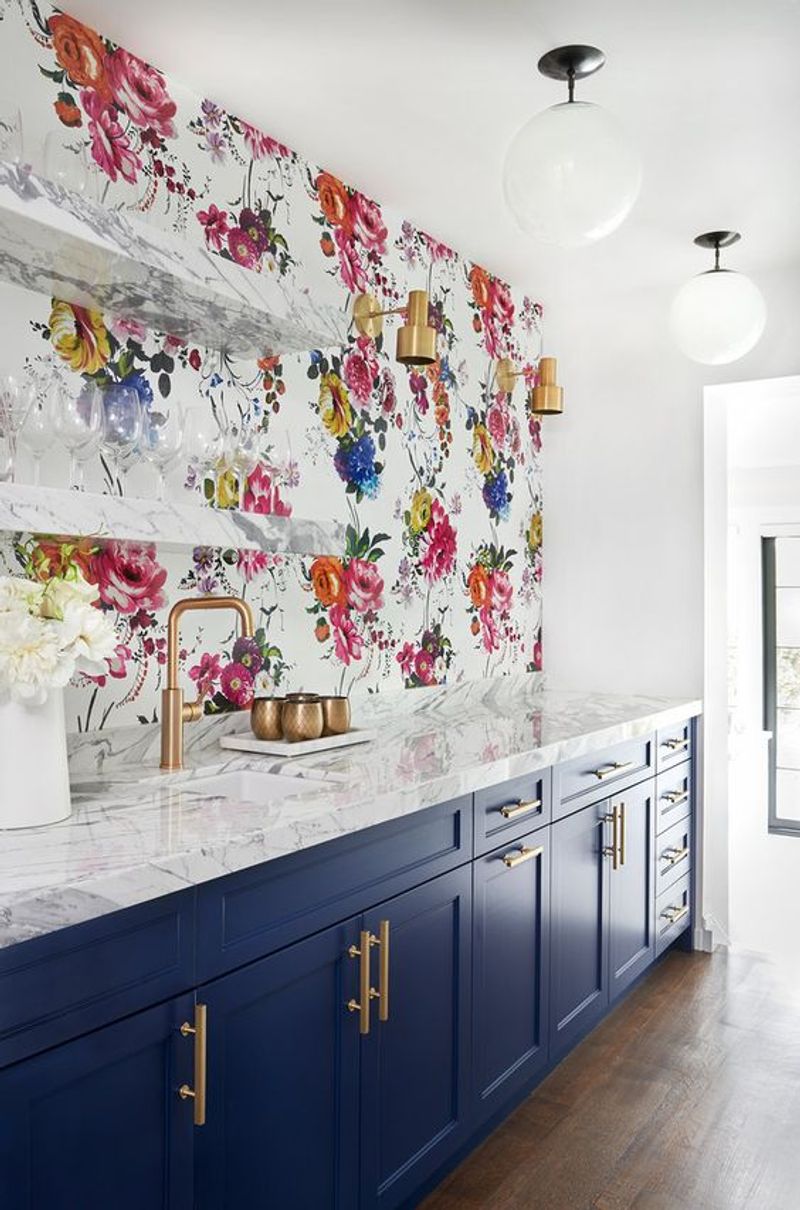
Remember those busy floral patterns your grandmother loved? Well, kitchen wallpaper is having a major moment again, but with contemporary twists that feel fresh and intentional.
Today’s patterns range from subtle textures to bold geometric designs and botanical prints.
Even better, modern wallpapers are more durable and moisture-resistant than their predecessors, making them practical for busy cooking spaces.
4. Brass Fixtures
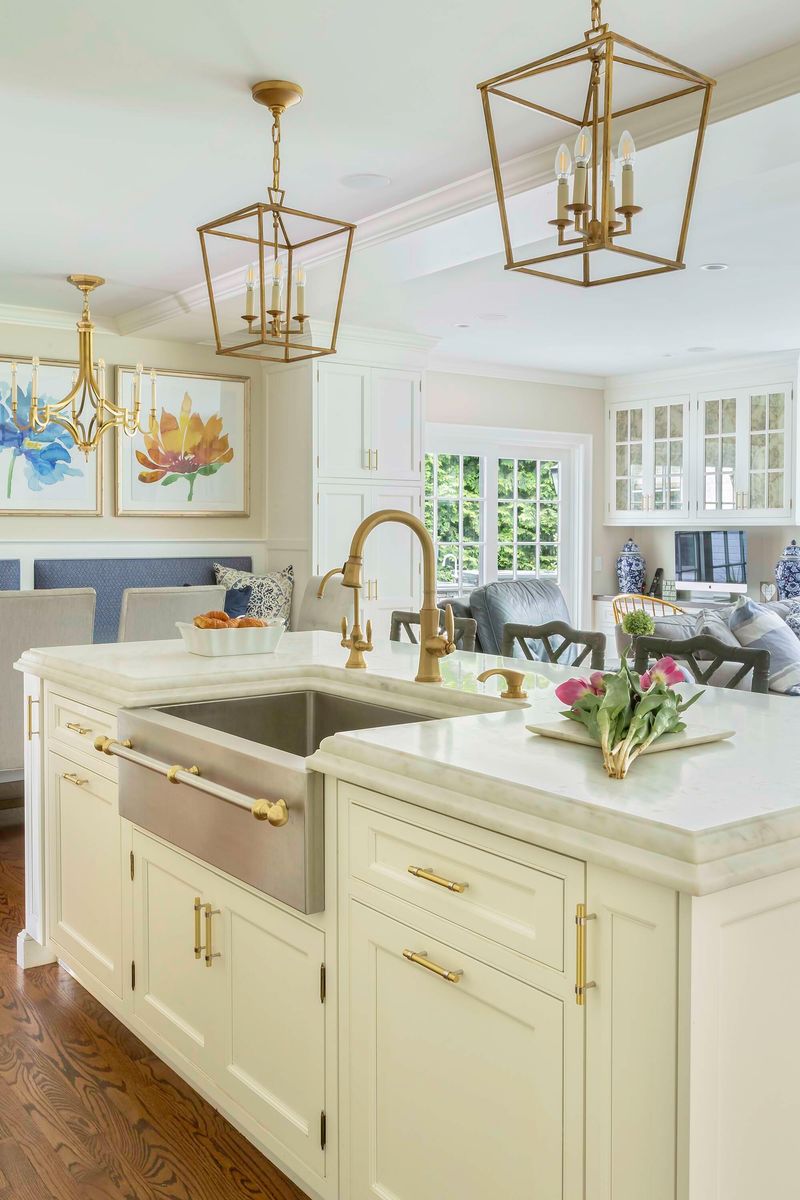
Brass fixtures are stepping back into the spotlight, offering a touch of opulence and warmth. Unlike their chrome counterparts, brass provides a softer, golden hue that complements various kitchen palettes.
This trend harkens back to the mid-20th century when brass was synonymous with luxury. Today, it adds a timeless quality to kitchens, pairing beautifully with both dark and light cabinetry. Its resurgence is fueled by a desire for warmth and character in design.
5. Terrazzo Floors

Those speckled composite floors from mid-century buildings are dancing their way back into designer kitchens! Modern terrazzo combines recycled glass, quartz, and marble in epoxy or cement bases with endless color possibilities.
While grandma’s terrazzo might have been limited to speckled beige, today’s versions come in playful pastels, moody darks, or classic neutrals.
Bonus points: terrazzo is incredibly durable and easy to clean – perfect for high-traffic cooking spaces.
6. Two-Tone Cabinets
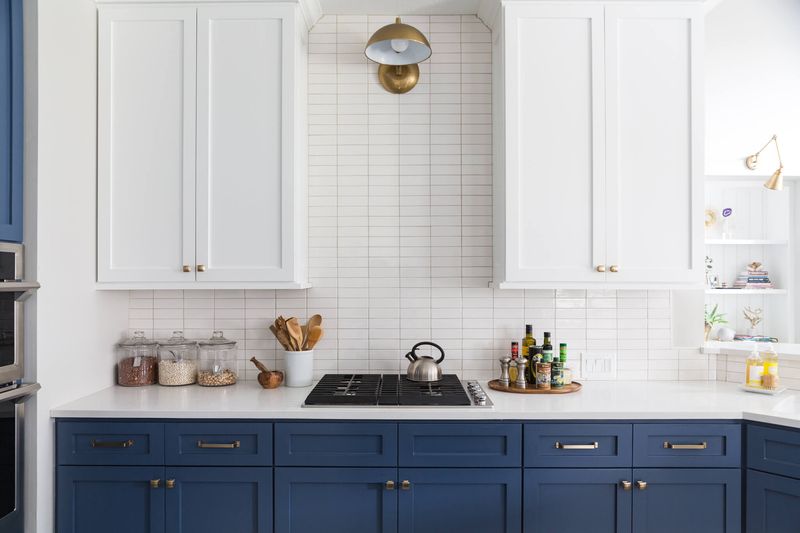
Two-tone cabinets are reinventing kitchen spaces, adding depth and visual interest. This trend involves contrasting colors on upper and lower cabinets, creating a dynamic look that breaks the monotony of single-color schemes.
Historically, two-tone designs emerged as a practical solution to brighten spaces. Now, they are celebrated for their aesthetic versatility and ability to adapt to changing tastes.
7. Open Shelving

Though open shelving never completely disappeared, it’s evolving from the sparse, Instagram-worthy displays to more functional, lived-in arrangements.
Homeowners are embracing the beauty of everyday dishes and cooking tools. Instead of perfectly arranged prop-like vignettes, today’s open shelves showcase colorful cookware, family heirloom dishes, and actual pantry items.
The key difference? These displays celebrate real kitchen life rather than unattainable perfection.
8. Butcher Block Countertops
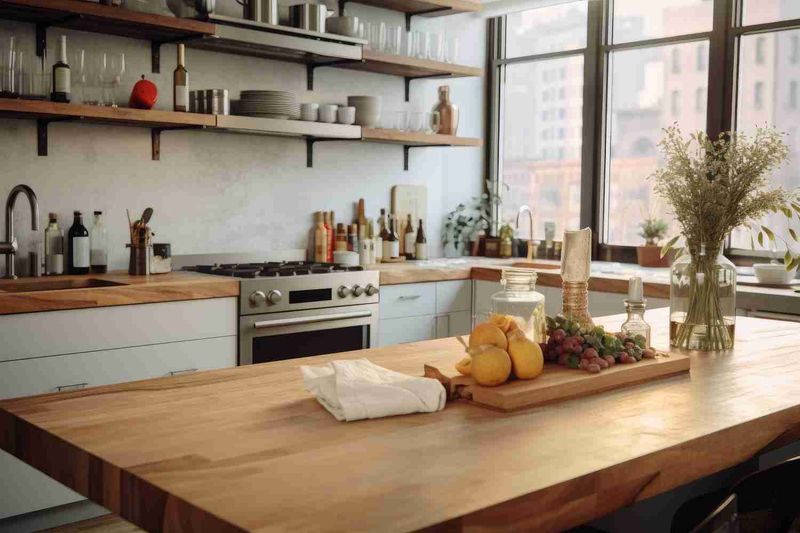
While stone surfaces dominated recent years, warm wooden countertops are making a hearty comeback. Today’s butcher blocks offer that cozy, lived-in feel that many homeowners crave after years of cold, clinical kitchens.
Modern versions come with better sealants and maintenance options, making them more practical than their predecessors.
Many designers are using mixed materials – stone perimeters with wooden islands – giving homeowners the best of both worlds.
9. Linoleum Flooring
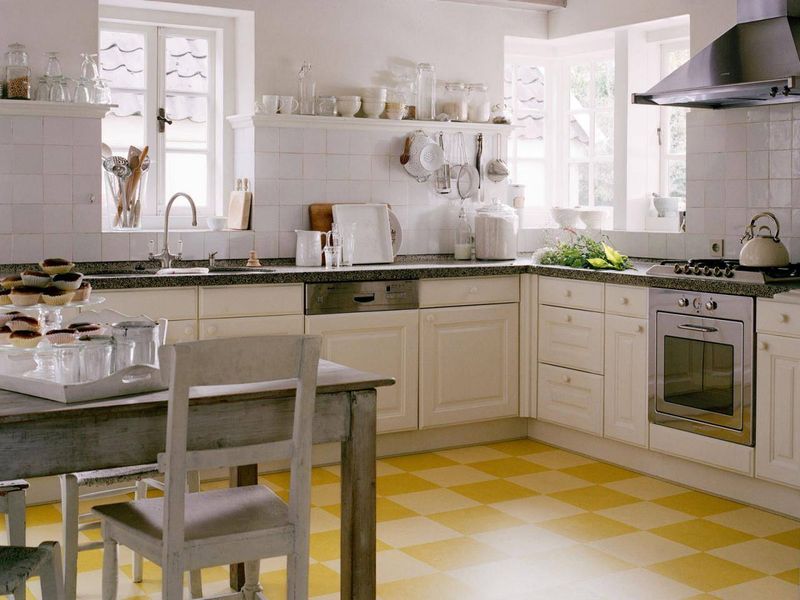
Your grandma’s kitchen floor is cool again! Made from natural materials like linseed oil, cork dust, and wood flour, linoleum is experiencing a renaissance thanks to its impressive environmental credentials.
Unlike its vinyl imitators, real linoleum is biodegradable, antimicrobial, and lasts for decades.
Modern manufacturing offers sophisticated colors and patterns beyond the speckled classics, making this retro material perfect for eco-conscious renovators.
10. Vintage-Inspired Hardware
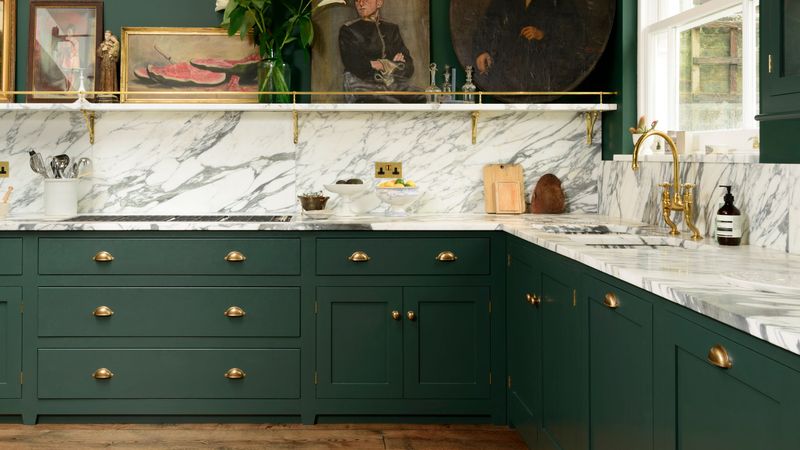
Brass, copper, and bronze pulls and knobs are replacing the sleek stainless and matte black hardware that dominated recent years.
These warm-toned metals add character and a touch of nostalgia to modern kitchens. What makes today’s vintage hardware different? Unlacquered finishes that develop a natural patina over time, creating that coveted lived-in look.
Many homeowners are even hunting for authentic vintage pieces at salvage yards for one-of-a-kind charm.
11. Breakfast Nooks
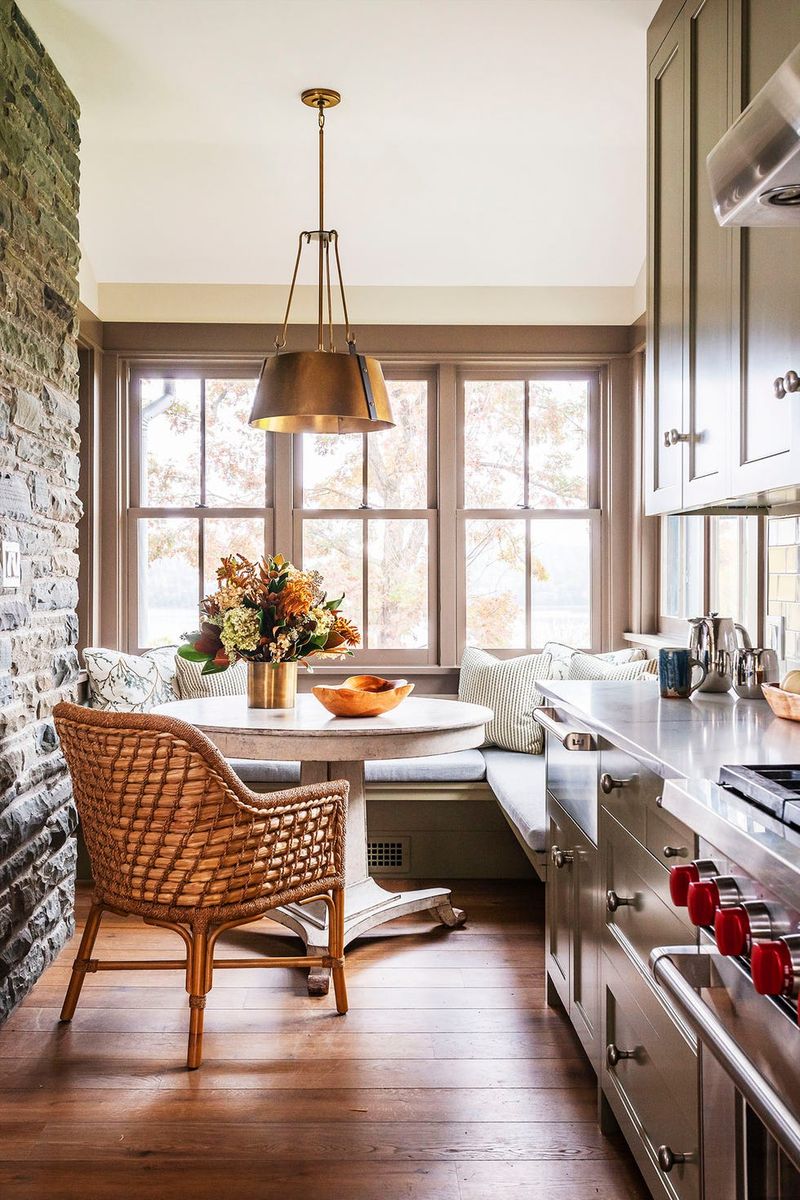
Those cozy built-in dining spaces your grandparents loved are making a heartwarming return! After years of open-concept everything, homeowners are craving defined, intimate spaces for morning coffee and casual meals.
Modern breakfast nooks often feature comfortable bench seating, plush cushions, and space-saving designs.
Unlike their predecessors, today’s versions incorporate charging stations, storage solutions, and flexible seating to accommodate how families actually live.
12. Skirted Sink Curtains
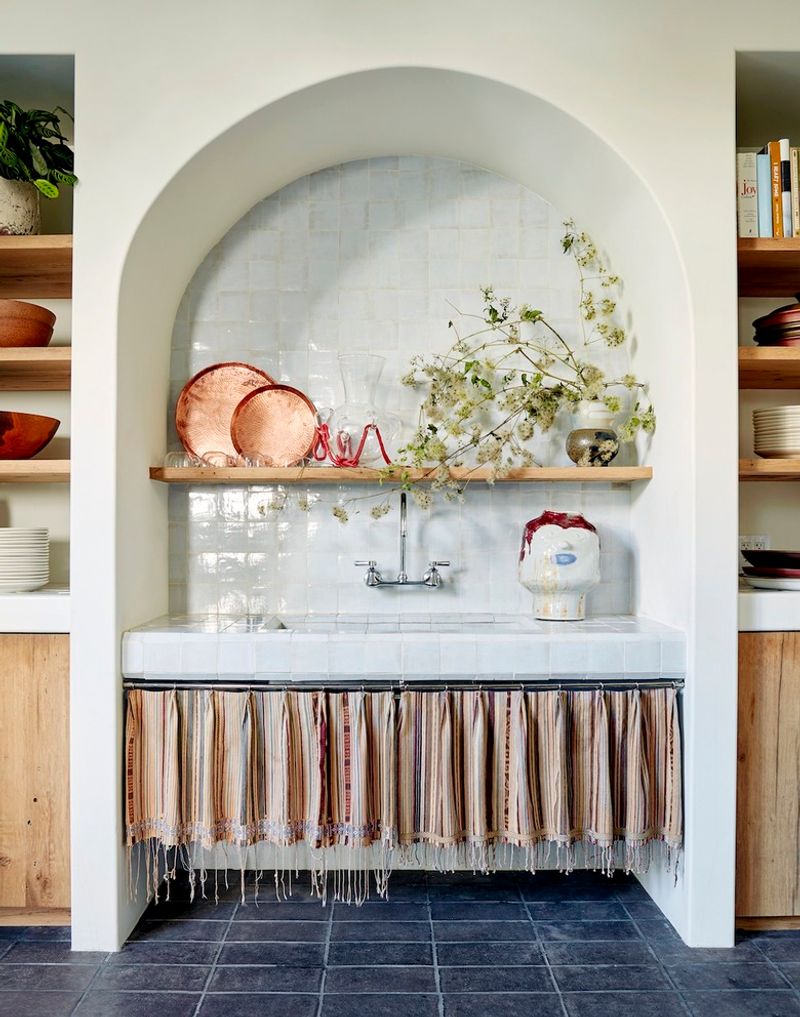
Those fabric curtains that used to hide under-sink storage are fluttering back into kitchens everywhere! This charming cottage detail adds softness and texture to kitchens dominated by hard surfaces.
Unlike grandma’s practical gingham, today’s sink skirts come in luxe linens, playful patterns, and custom prints.
They’re perfect for renters who can’t replace built-ins or homeowners looking for budget-friendly ways to refresh their space while hiding cleaning supplies and plumbing.
13. All-White Kitchens

Those pristine, clinical-looking white kitchens that dominated Pinterest for years are finally losing their stronghold.
Homeowners are realizing that while photogenic, these spaces can feel cold, sterile, and show every speck of dirt. Designers report clients specifically requesting “anything but white” for new projects.
The pendulum is swinging toward warmer neutrals, natural woods, and even bold colors that better hide the realities of daily cooking and create more inviting atmospheres.
14. Waterfall Countertops
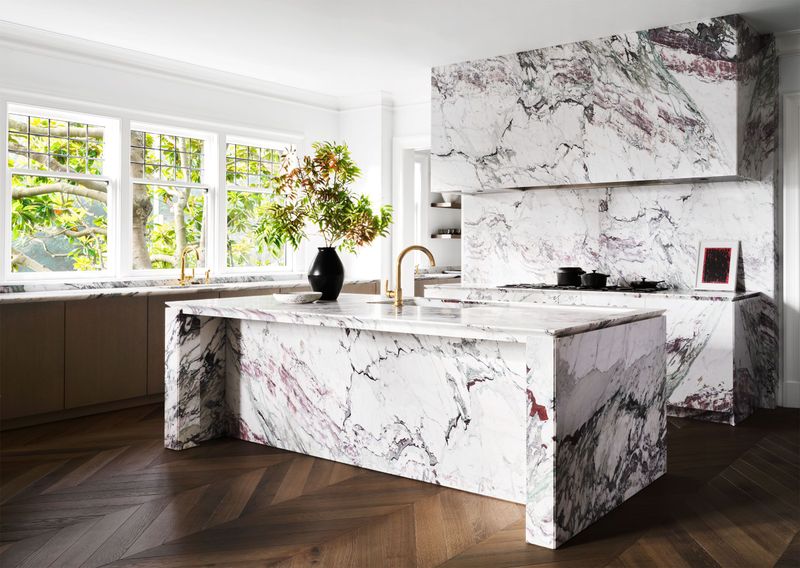
Those dramatic stone slabs that extend vertically down the sides of islands are slowly dripping out of favor. Once considered the height of luxury, waterfall edges are now seen as unnecessary material splurges by many designers.
Homeowners are opting instead for interesting island bases, decorative panels, or simply letting beautiful cabinetry shine.
The saved stone can be repurposed for backsplashes or smaller accent pieces, making better use of expensive materials.
15. Farmhouse Sinks
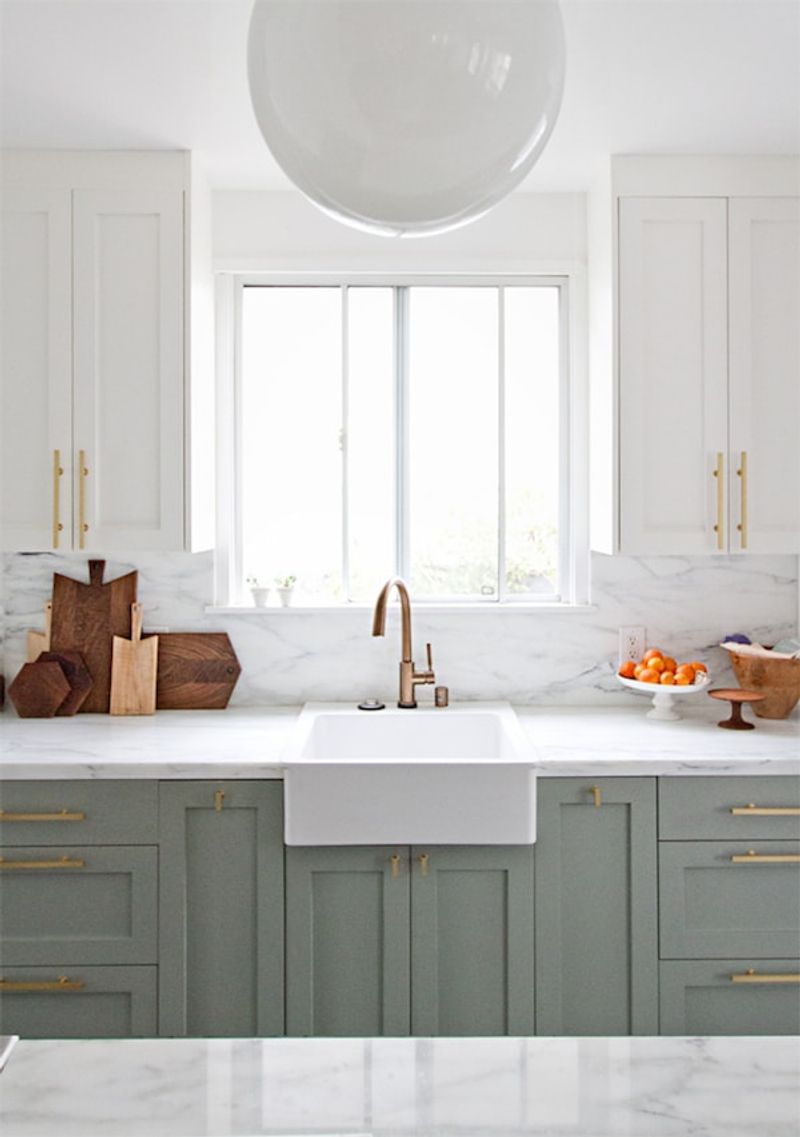
While still beloved by some, those deep, wide apron-front sinks are no longer the must-have feature they once were. Practical concerns have dampened enthusiasm – they’re prone to showing water spots, can chip easily, and often require special cabinetry.
Many homeowners are switching to more versatile undermount sinks or workstation sinks with built-in cutting boards and colanders.
Even those sticking with farmhouse styles are choosing more modern materials like stainless steel over the ubiquitous white fireclay.
16. Barn Doors
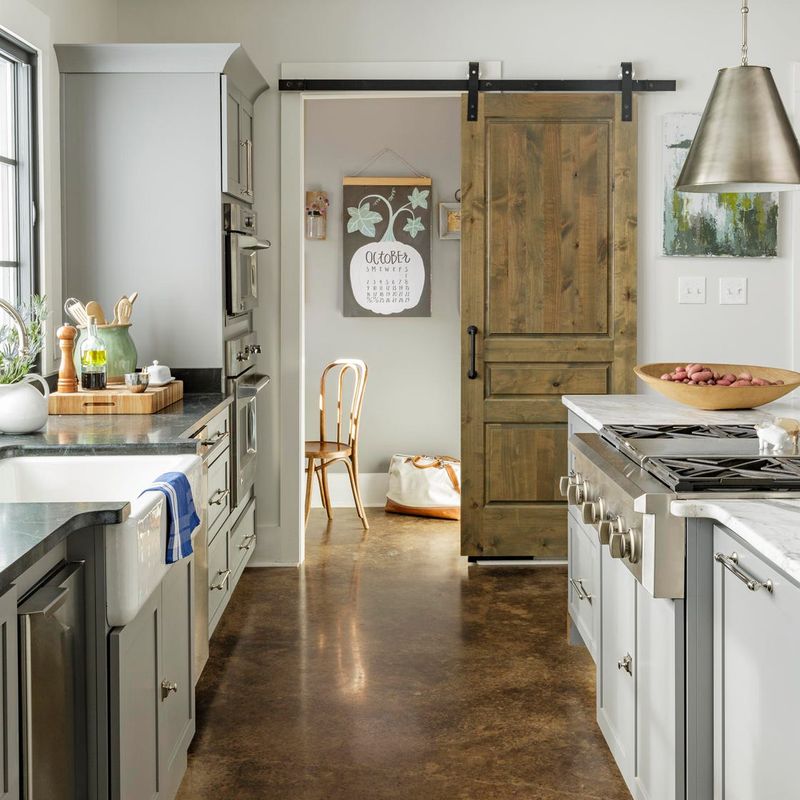
Those rolling wooden doors that seemed to appear in every kitchen and pantry are finally being shut away. Once praised for their space-saving design, barn doors have revealed practical drawbacks – they don’t seal properly, offer little privacy, and collect dust on their tracks.
Designers are returning to pocket doors for space-saving needs or embracing traditional swinging doors with interesting glass inserts or architectural details.
The farmhouse aesthetic is evolving toward more refined rustic elements rather than literal interpretations.
17. Word Art Signs
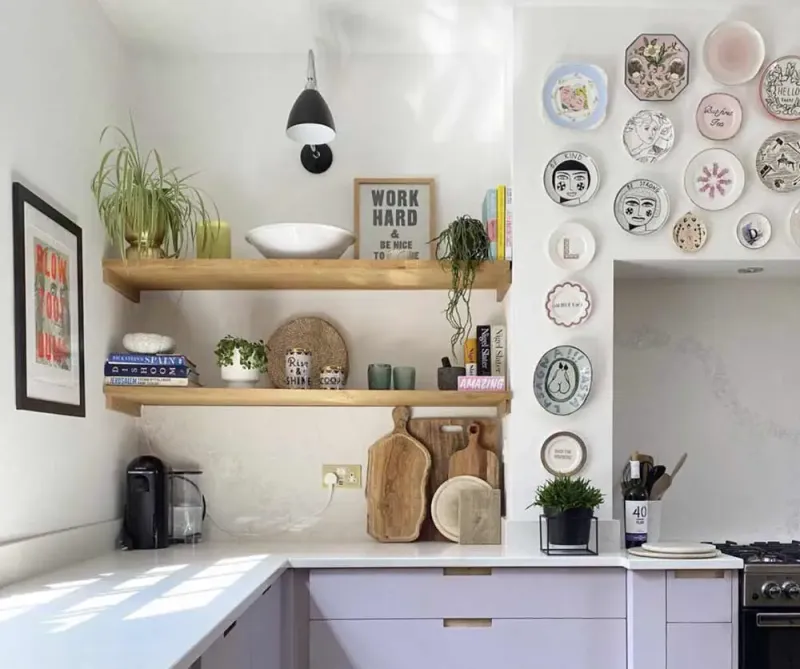
“Live Laugh Love” and “Eat” signs are finally being taken down from kitchen walls everywhere. These once-ubiquitous decorative elements now read as cliché and impersonal to many designers and homeowners.
In their place, people are hanging actual artwork, vintage signs with personal meaning, or leaving walls refreshingly bare.
Those still wanting text elements are choosing custom pieces with family sayings or meaningful quotes rather than generic phrases found in every home store.
18. Industrial Style
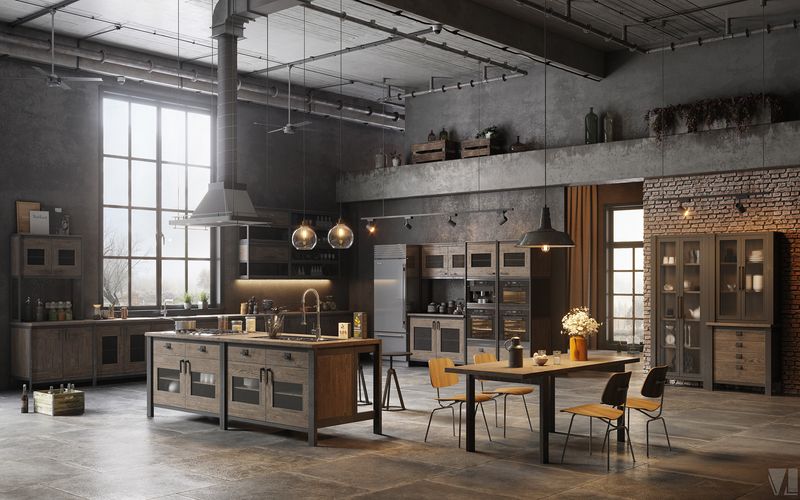
The raw, warehouse-inspired look with exposed pipes, metal fixtures, and concrete surfaces is losing steam in residential kitchens.
While striking in commercial spaces, many homeowners found these kitchens cold, noisy, and lacking warmth for family gatherings. Designers are softening industrial elements with natural materials instead of going all-in on the factory aesthetic.
Edison bulbs are being replaced by warmer lighting, and weathered woods are adding balance to metal components for a more livable interpretation.
19. Subway Tile Backsplashes
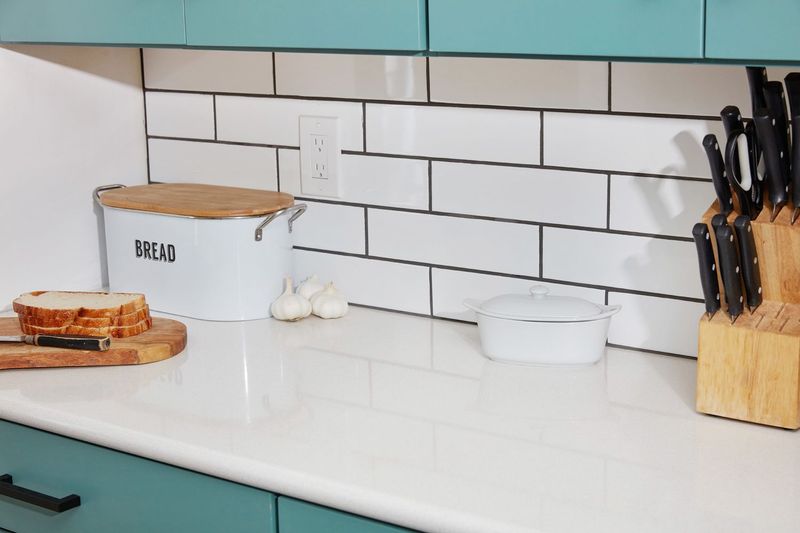
Those ubiquitous white rectangular tiles have nearly reached their final stop after years of dominance. While they’ll never completely derail due to their classic appeal, standard subway installations no longer excite designers or homeowners.
People are laying traditional subway tiles in herringbone or vertical patterns for fresh takes. Others are choosing handmade versions with irregular edges and dimensional surfaces.
The biggest shift is toward larger format tiles, zellige with rich variation, or statement stone slabs that eliminate grout lines entirely.
20. Rose Gold Fixtures
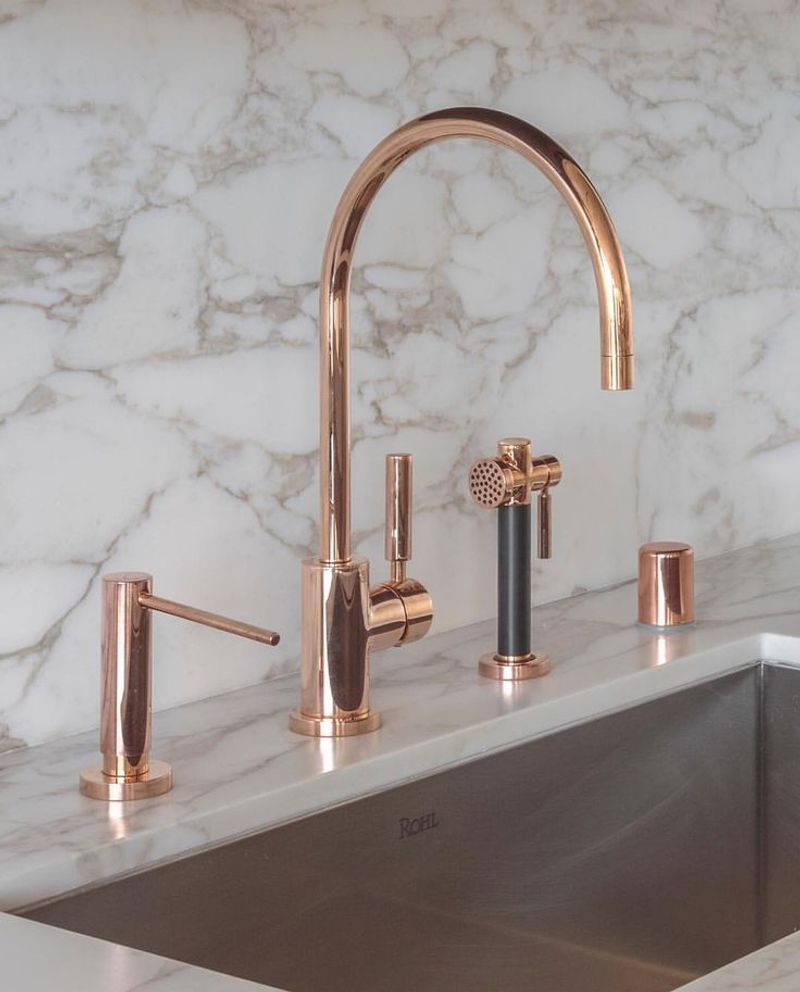
That pinkish metallic finish that adorned everything from faucets to cabinet pulls is quickly tarnishing in popularity.
Once considered fresh and feminine, rose gold now reads as a dated trend rather than a timeless choice. Homeowners who invested heavily in this finish are swapping out smaller elements like hardware first.
Warmer metals aren’t completely out – unlacquered brass and copper with living patinas offer similar warmth with more staying power and historical precedent in kitchen design.

